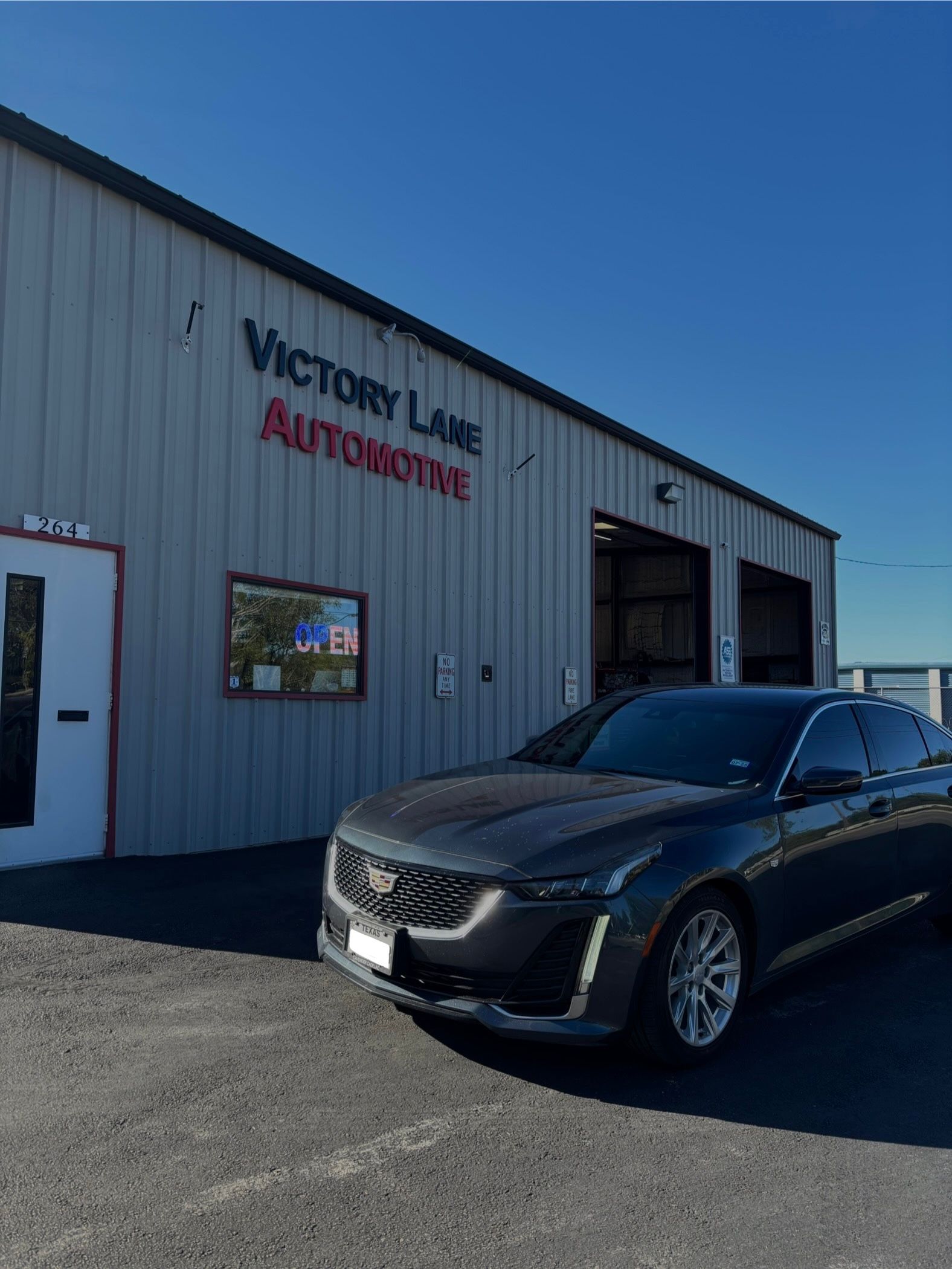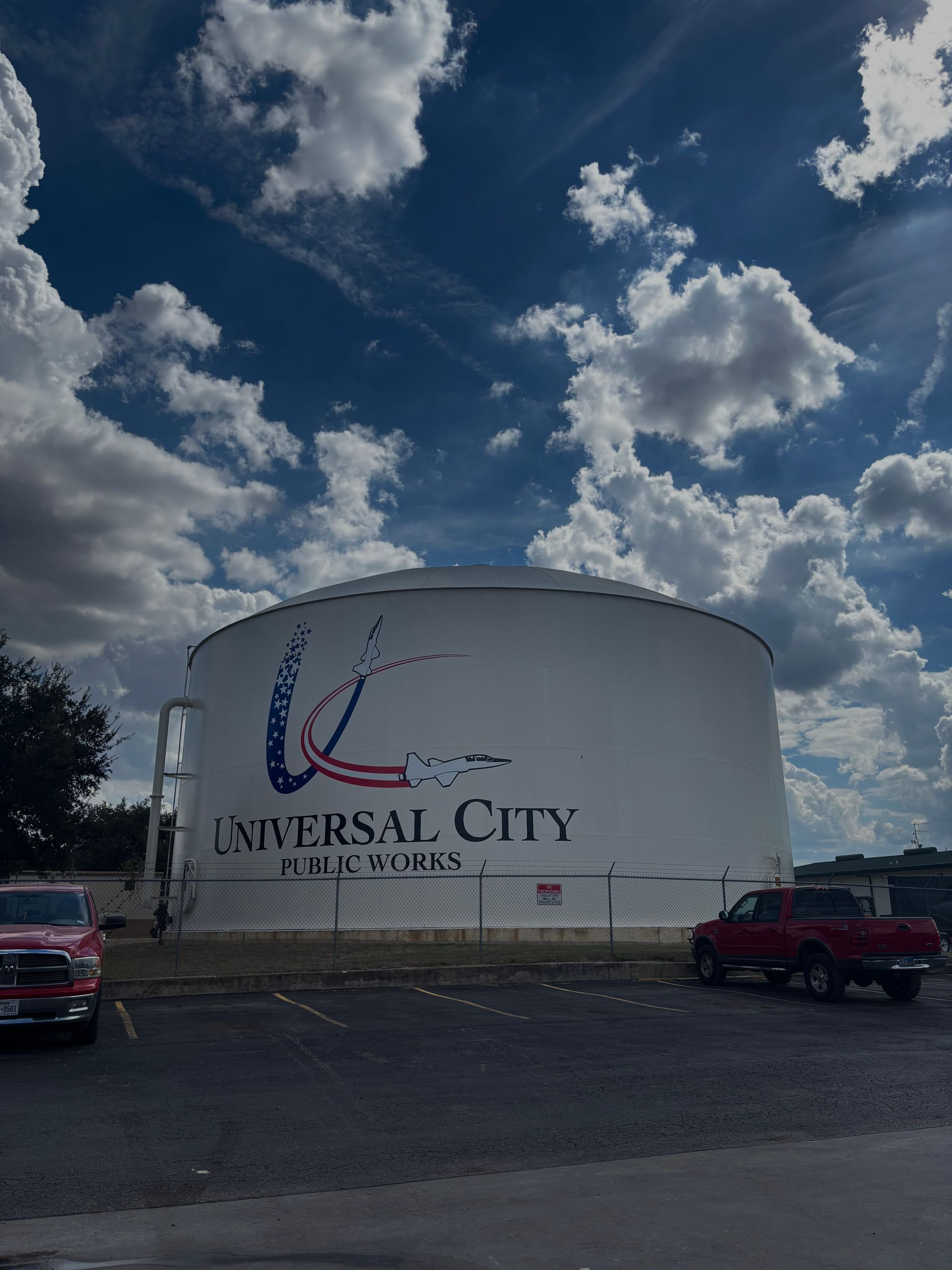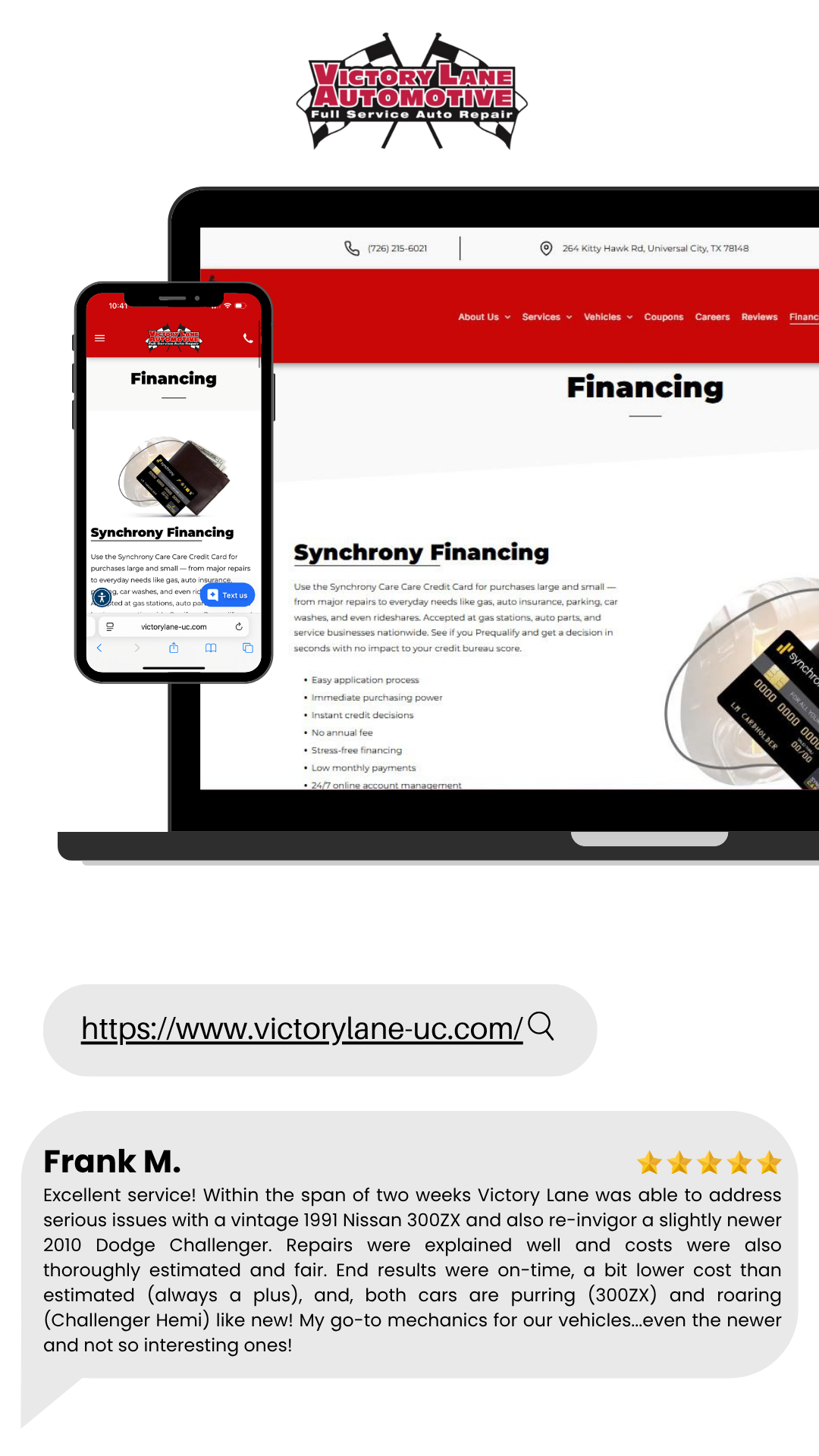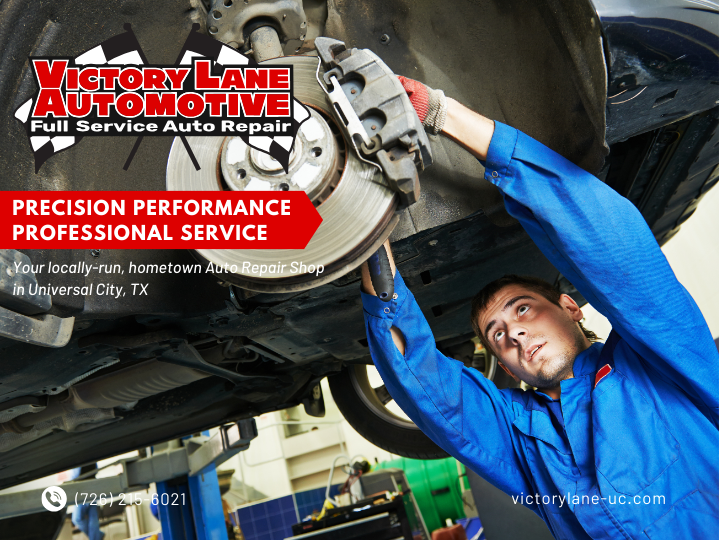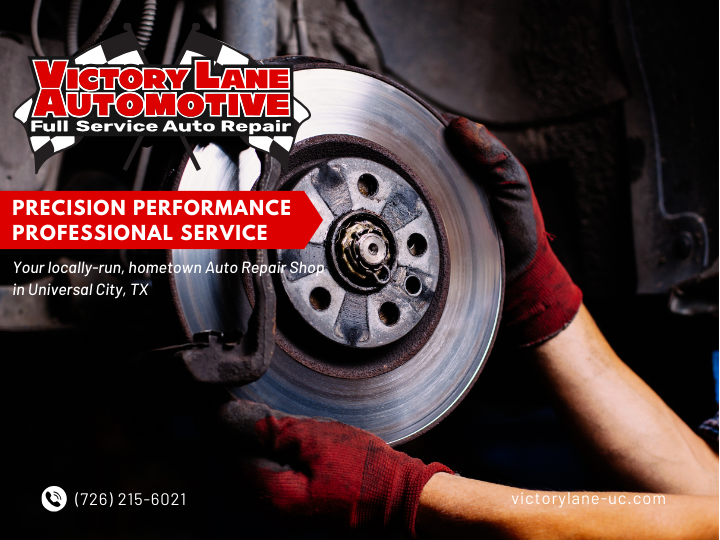Check Engine Light Diagnostics Near Me
Check Engine Light Diagnostics Near Me

Check Engine Light Diagnostics Near Me:
The Real Story Behind Check Engine Light Diagnostics: Why It’s More Than Just Reading a Code
You’re driving along, and suddenly, the dreaded check engine light pops up on your dashboard. It's that sinking feeling we all know, but what does it really mean? Some places offer a quick code reading for free, but what they’re giving you is only a surface-level answer. The code alone is like a single sentence in a novel—one small piece of a much larger, complex story about your car’s health.
In modern vehicles, the check engine light is a signal that something is off within a complex network of systems powered by 20, 30, or even 40 onboard computers. Each of these computers, or control modules, is designed to handle specific parts of your vehicle’s performance, safety, or efficiency. These modules are linked together through tens of thousands of wires and sensors, all of which communicate in real time. Diagnosing the source of a check engine light requires more than just reading a code—it’s an intricate process that involves tracing the signals and verifying the integrity of these highly interconnected systems.
The True Complexity of Today’s Cars
Imagine having a row of 30 or 40 smartphones all connected, working together through a complex network of wires, connections, and sensors. This network runs through your dashboard, engine compartment, and even under your seats. Now, picture each “smartphone” managing a critical function: fuel mixture, engine timing, emissions, temperature control, braking systems, and more. Each onboard computer needs information from multiple sensors to perform correctly and maintain the delicate balance required for your car to function.
When something goes wrong in one part of this network, it’s a signal to the car’s main diagnostic computer to turn on the check engine light. But this is only an alert—it doesn’t tell you precisely where the issue is or how severe it might be. The light could signal a minor problem, like a loose gas cap, or it could indicate a deeper issue that needs immediate attention. Either way, it’s a sign that one or more of the systems within this vast network isn’t functioning as it should.
What a Diagnostic Really Involves
When you bring your car in for diagnostics, the technician doesn’t just plug in a tool, read the code, and hand you a solution. Instead, they’re faced with a complex puzzle, a process that involves expertise, patience, and specialized equipment. Here’s a breakdown of what actually happens during a full diagnostic:
Code Reading: The technician starts by connecting a diagnostic tool to the car’s OBD (On-Board Diagnostics) port. This reads the trouble codes, but these codes only provide a general indication of where the issue might lie. Think of it as getting the chapter heading in a novel—it gives context but doesn’t explain the full story.
Interpreting Codes and Flowcharts: Once the code is retrieved, the technician consults flowcharts, wiring diagrams, and vacuum schematics. These guides are essential for understanding the pathways that each signal or sensor travels through within the system. However, it’s not as simple as following a checklist; it’s more like mapping out an intricate web of connections, each potentially leading to or away from the source of the problem.
Locating and Testing Individual Sensors: The technician traces the signal path, identifying specific sensors that might be involved. Each sensor is like a branch on a tree, and they have to climb up, testing each connection along the way. If the initial sensor checks out, the technician moves on to the next “branch,” tracing connections until they locate the source of the fault.
Challenges in Testing: Here’s where it gets tricky—just because a sensor or component tests as “good” doesn’t mean it will work properly under all conditions. A sensor might function perfectly during the test but fail intermittently while driving, creating a problem that’s hard to pinpoint. Diagnosing these types of issues requires a systematic approach, often involving multiple rounds of testing and re-testing to confirm that the part is indeed functioning as it should.
Evaluating the Entire System: Even when the issue is found and repaired, the diagnostic process often doesn’t end there. Cars are complex, interdependent systems, and one issue can sometimes mask another or lead to stress on related parts. After repairing the fault, technicians will often run additional tests to ensure the car’s systems are back in sync and that the repair has fully resolved the problem.
The “Oak Tree” of Onboard Computers
To understand this complexity, think of your car’s onboard computers as a large oak tree. At the base of this “tree” is the main diagnostic system where the technician plugs in to access initial trouble codes. But the real work is higher up in the branches, where each branch represents different control modules responsible for managing specific aspects of your car—fuel efficiency, emissions, engine timing, braking, and more.
Imagine this oak tree with branches leading out to smaller limbs and leaves. When the check engine light comes on, it’s as if one of these leaves has turned brown. The technician has to “climb” the branches, tracing signals and connections, and testing each module to find where the issue started. Even if they find a faulty sensor on one branch, there could be another issue hidden within a neighboring limb, and every time the technician goes up or down this tree, they’re looking for additional weak points that might impact overall performance.
Why Diagnostics Cost What They Do
Because of the time, expertise, and specialized tools involved, diagnostics aren’t a simple, one-size-fits-all solution. Many car owners wonder why diagnostics aren’t free, especially if they just need to know the problem code. But understanding that code is only the starting point of a much longer process.
Imagine a plumber coming to your house to fix a backed-up toilet. They might start with a basic Roto-Rooter, only to find that the pipe has collapsed. Next, they may need to use a camera to look further down, and if it turns out that a section of pipe under the floor needs replacing, they’ll charge for each additional step, tool, and part required to fix it. Automotive diagnostics are similar in their complexity and cost—finding one issue might lead to the discovery of others, each requiring time and resources to properly address.
The Importance of a Trustworthy Repair Shop
Just as you’d want a reliable, skilled plumber in a plumbing emergency, you need a trusted auto repair shop when dealing with complex car diagnostics. A reputable shop will be thorough and transparent, offering you a clear understanding of what’s involved and walking you through each step. Building a relationship with your repair shop can give you confidence that they’re not just chasing down one code after another, but carefully examining your car’s systems to ensure everything is in working order.
Maintaining Realistic Expectations
Owning a car involves maintenance, and as technology becomes more advanced, the need for skilled diagnostics grows. The average driver, who clocks around 15,000 miles annually, should expect to spend approximately $3,000 per year on maintenance and repairs (excluding insurance and fuel). Cars, like any other investment, require ongoing care to stay safe, efficient, and roadworthy.
When the check engine light comes on, it’s tempting to hope for a quick and inexpensive fix. But considering the complexity of today’s vehicles, investing in a full diagnostic is often the best choice for identifying and resolving the issue. Just as with any complex system, it’s about not just fixing the immediate issue, but ensuring that your car’s systems are working together in harmony.
In Summary
The check engine light isn’t just a warning—it’s a call for professional diagnostics to prevent small problems from escalating into major repairs. Your car is a finely tuned network of systems, each relying on the other, and diagnostics require a skilled technician who understands the intricate, interconnected “oak tree” of your vehicle’s onboard computers. By investing in diagnostics and building a relationship with a reputable shop, you’re helping ensure that your car, your second-largest investment, stays in top condition and is ready for whatever the road may bring.
Please follow the link below to watch the video.

